The growing demand for eco-friendly cleaning products is putting traditional materials under pressure. Bamboo fabric is quickly becoming the sustainable choice in wipes.
Bamboo fabric in cleaning wipes1 offers natural antibacterial properties2, biodegradability3, skin safety, and excellent absorbency—making it the top eco-friendly alternative to polyester and viscose wipes.
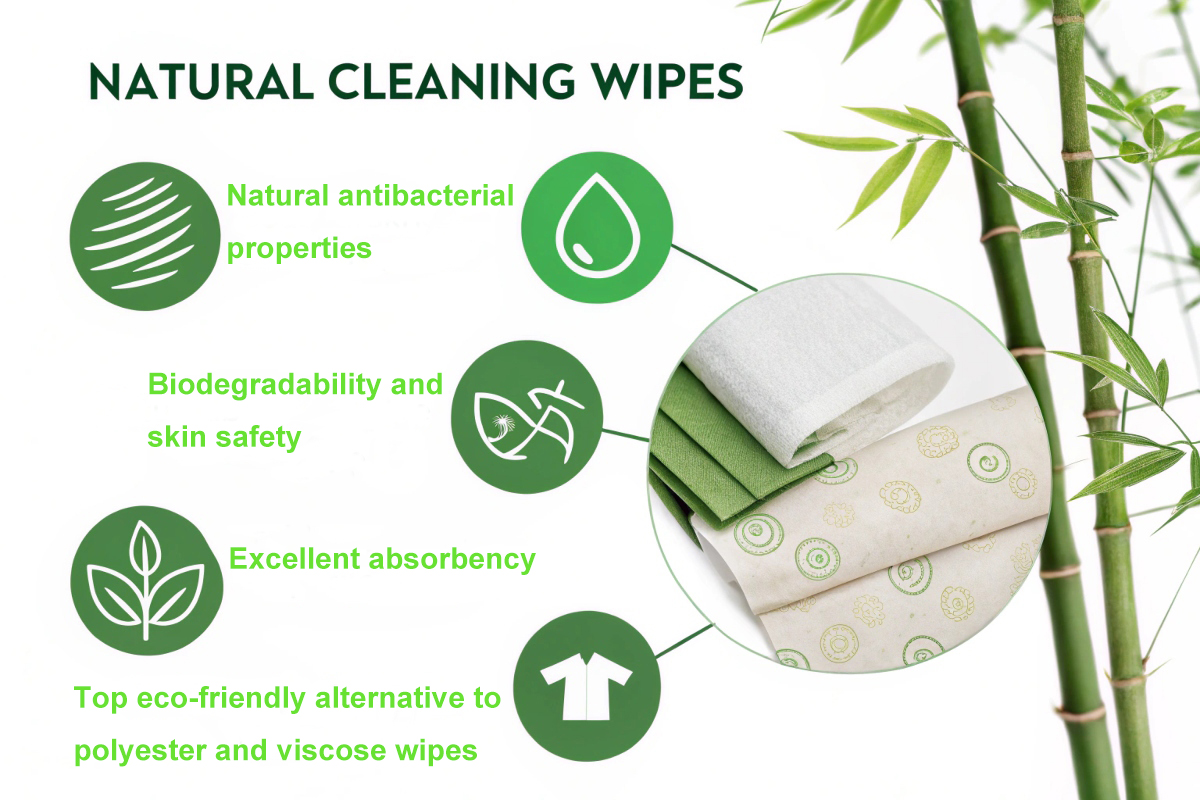
The market is shifting fast. Buyers, especially in Europe and North America, now demand products that work well and reduce environmental harm. Bamboo nonwovens check all the boxes: performance, skin-friendliness, and sustainability. Let’s dive into the top reasons why bamboo fabric4 is taking the cleaning wipes industry by storm.
Why Is Bamboo Fabric Naturally Antibacterial?
Bacteria and odors are common problems with traditional wipes. Bamboo fabric brings a natural solution with no chemical treatment needed.
Bamboo contains a substance called bamboo kun5, which resists bacteria and fungus, keeping wipes fresh and hygienic for longer.
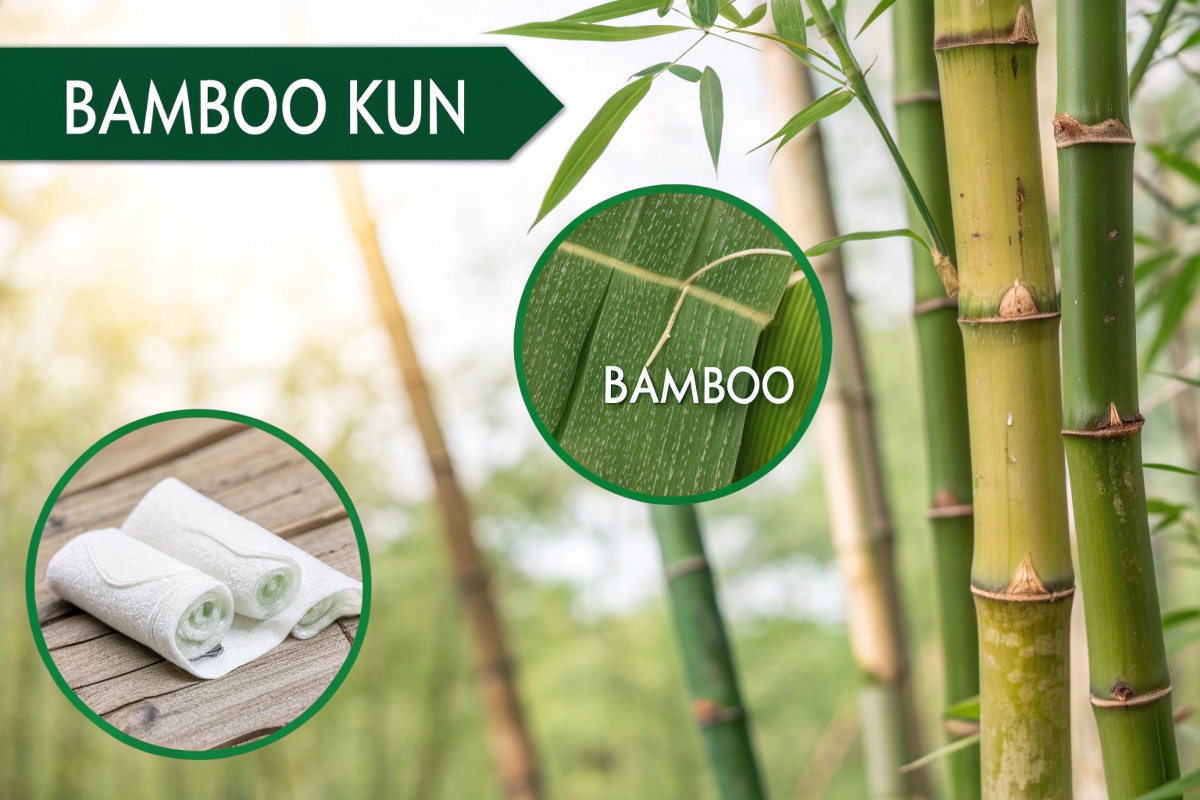
Bamboo Kun’s Natural Defense
Bamboo kun is a bio-agent found naturally in bamboo fiber. It gives bamboo its antifungal and antibacterial resistance6 without needing added chemicals. This is critical for cleaning wipes, which often deal with dirty or sensitive surfaces.
In my business, we’ve found that wipes made from bamboo nonwovens stay fresher longer in packaging. This leads to fewer complaints about moldy smells or skin rashes, especially for baby wipes and facial wipes.
| Material Type | Antibacterial (Natural) | Additives Required |
|---|---|---|
| Bamboo | Yes | No |
| Polyester | No | Yes |
| Viscose | No | Yes |
This property alone is why more buyers are switching to bamboo, especially those serving hygiene-sensitive markets.
How Is Bamboo Fabric Environmentally Friendly?
The wipes industry faces criticism for contributing to landfill waste and microplastics. Bamboo fabric addresses both issues.
Bamboo is biodegradable and compostable, unlike polyester or viscose, which pollute the environment with microplastics and slow decomposition.

Eco Benefits of Bamboo Nonwovens
Bamboo breaks down naturally within months, while polyester wipes can take decades. Viscose wipes, though technically biodegradable, often contain petrochemical residues from harsh processing.
I’ve personally seen how our bamboo wipes decompose in garden compost trials—breaking down without leaving synthetic fibers behind. That’s not possible with regular PET wipes.
| Material | Biodegradability | Decomposition Time | Microplastic Risk |
|---|---|---|---|
| Bamboo Fabric | ✅ Yes | ~3–6 months | ❌ No |
| Polyester (PET) | ❌ No | 20–200 years | ✅ Yes |
| Viscose | ⚠ Partial | ~6–12 months | ⚠ Sometimes |
Switching to bamboo wipes is a clear signal to eco-conscious buyers that your brand cares about the planet.
Is Bamboo Fabric Safe for Sensitive Skin?
Skin sensitivity is a growing concern. From newborns to aging adults, more people are avoiding chemicals and synthetic fabrics in personal care.
Bamboo wipes are soft, hypoallergenic, and free from harsh additives, making them perfect for babies, elders, and sensitive skin.
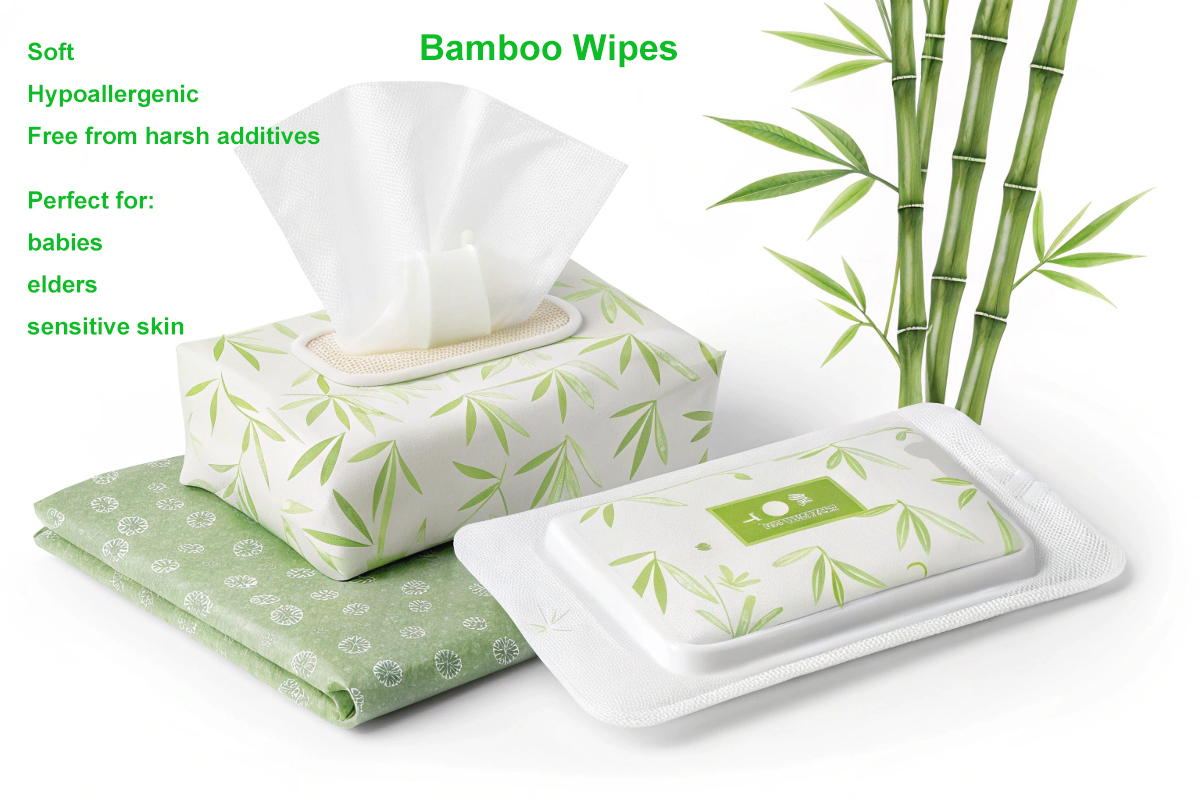
Dermatological Advantages
When we test wipes on sensitive skin panels, bamboo consistently outperforms polyester and viscose in irritation scores. The natural softness and absence of chemical finishing treatments make a noticeable difference.
Bamboo fiber contains no formaldehyde, chlorine, or heavy metals. This makes it ideal for markets like baby care and senior hygiene. In fact, our bamboo wipes are frequently requested by customers looking to replace chemically-treated alternatives.
| Property | Bamboo | Viscose | Polyester |
|---|---|---|---|
| Hypoallergenic | ✅ | ⚠ | ❌ |
| Surface Irritants | ❌ No | ✅ Yes | ✅ Yes |
| Dermatologist Preferred | ✅ | ⚠ | ❌ |
Buyers like Michael in Germany, who distribute under baby care and health brands, are specifically seeking bamboo for this reason.
What Makes Bamboo Wipes More Absorbent?
Absorption performance can make or break a cleaning wipe. Bamboo fabric wins again in this key category.
The fiber structure of bamboo allows it to absorb 2–3 times more liquid than regular spunlace wipes, increasing efficiency and reducing waste.
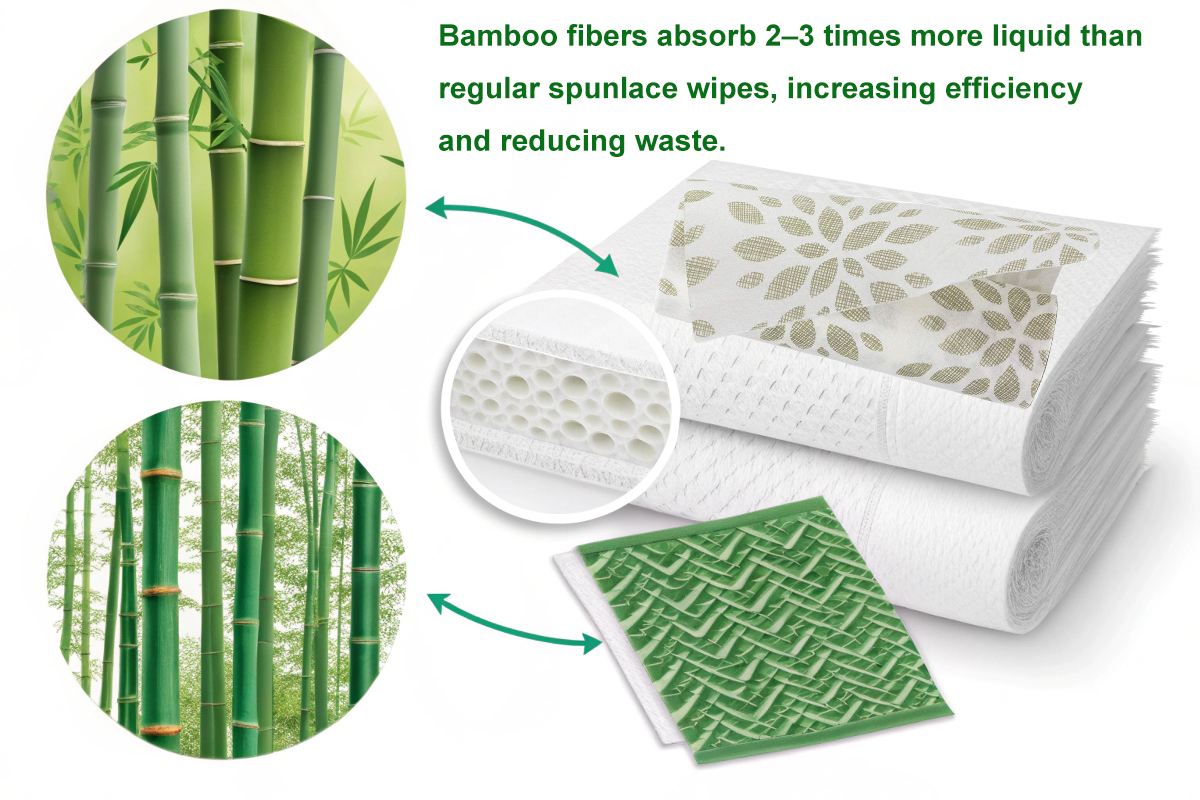
Liquid Holding Capacity
Bamboo fibers have a unique hollow structure that holds liquid efficiently. In performance testing, bamboo spunlace consistently absorbs more grams of liquid per square meter than cotton or PET-based wipes.
This matters especially in kitchen wipes and industrial cleaning. Fewer wipes are needed for the same job, cutting costs for end users.
| Material | Absorbency7 (g/m²) | Reusability | Dry/Wet Strength |
|---|---|---|---|
| Bamboo | 900–1100 | ✅ Medium | ✅ Strong |
| Cotton | 600–800 | ✅ Medium | ⚠ Variable |
| Polyester | 400–600 | ❌ Low | ✅ Strong |
Absorbency is not just a lab value—it reduces packaging size, increases product value, and satisfies professional cleaning buyers.
Why Does Breathability Matter in Cleaning Wipes?
Trapped moisture causes irritation and discomfort. Breathable wipes8 help maintain skin freshness and prevent overhydration.
Bamboo fabric allows air to circulate while retaining moisture, making it ideal for facial wipes, makeup removers, and personal care.
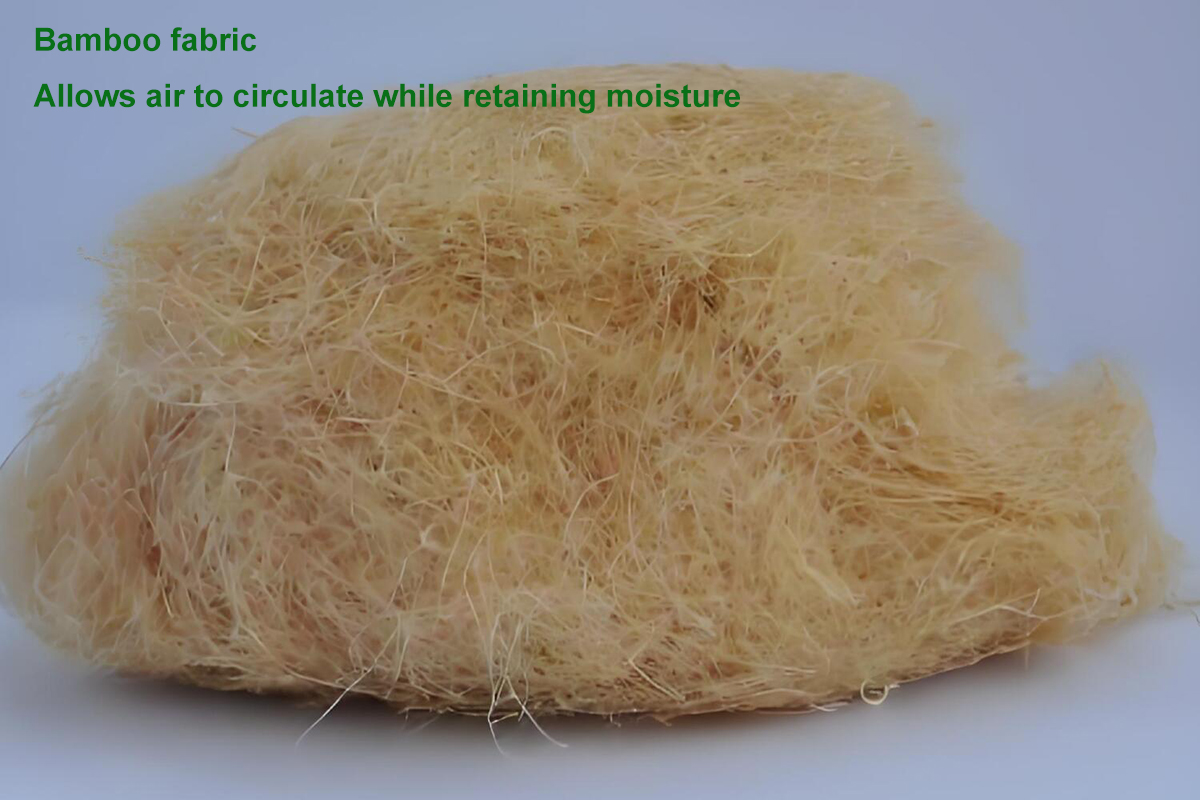
Moisture Regulation
In cosmetics and skincare, breathability is not a bonus—it’s essential. Bamboo allows just enough moisture to stay on the skin without creating a soggy or sticky feeling.
Our cosmetic wipe customers report fewer complaints about redness and rashes when switching to bamboo. It mimics the natural moisture regulation9 of human skin better than any synthetic alternative.
| Fabric | Breathability | Moisture Balance | Suitability for Face |
|---|---|---|---|
| Bamboo | ✅ High | ✅ Optimal | ✅ Excellent |
| Polyester | ❌ Low | ❌ Traps Moisture | ⚠ Poor |
| Viscose | ⚠ Moderate | ⚠ Inconsistent | ⚠ Okay |
Breathability matters more than you think—and your customers can feel the difference instantly.
Is Bamboo a Truly Sustainable Material?
Greenwashing is everywhere. But real sustainability comes from sourcing and production transparency.
Bamboo used in wipes is often FSC-certified, processed in closed-loop systems, and supported by OEKO-TEX and USDA Biobased certifications.
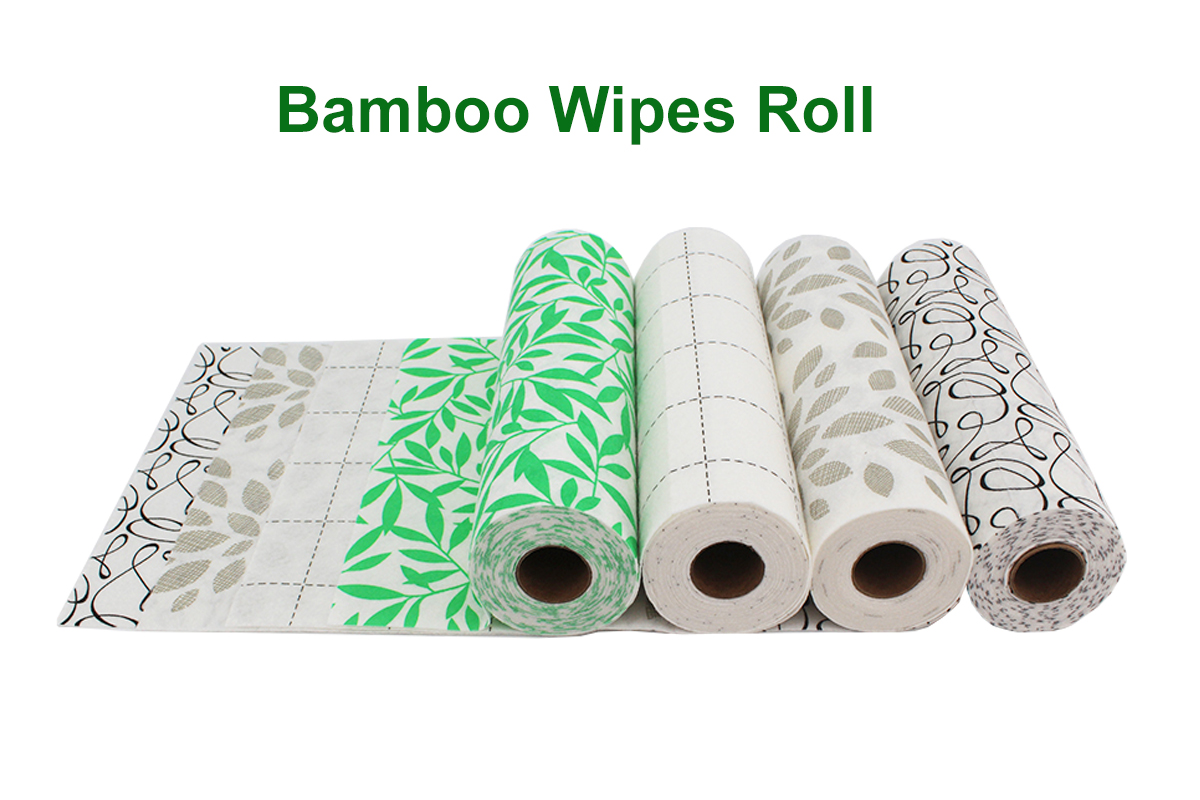
Sourcing and Certifications
We work with suppliers who grow bamboo in controlled forests10, ensuring no deforestation or soil depletion. Then we process the fibers using closed-loop systems that recycle water and chemicals.
Buyers increasingly ask for certification proof. That’s why we ensure our bamboo nonwovens11 carry FSC, OEKO-TEX, and USDA labels12—proof of sustainability.
| Certification | Description | Relevance for Buyers |
|---|---|---|
| FSC | Forest management certification | Ethical raw material |
| OEKO-TEX | No harmful chemicals in final product | Skin-safe assurance |
| USDA Biobased | Plant-based content | Eco-label compliance |
This level of transparency is now essential for selling in regulated markets like Germany, Canada, and Japan.
Can Bamboo Wipes Be Strong and Biodegradable?
Buyers often assume that biodegradable wipes are weak. Bamboo wipes prove otherwise.
Bamboo nonwovens maintain excellent wet and dry strength during use, while still breaking down easily in landfill or composting conditions.
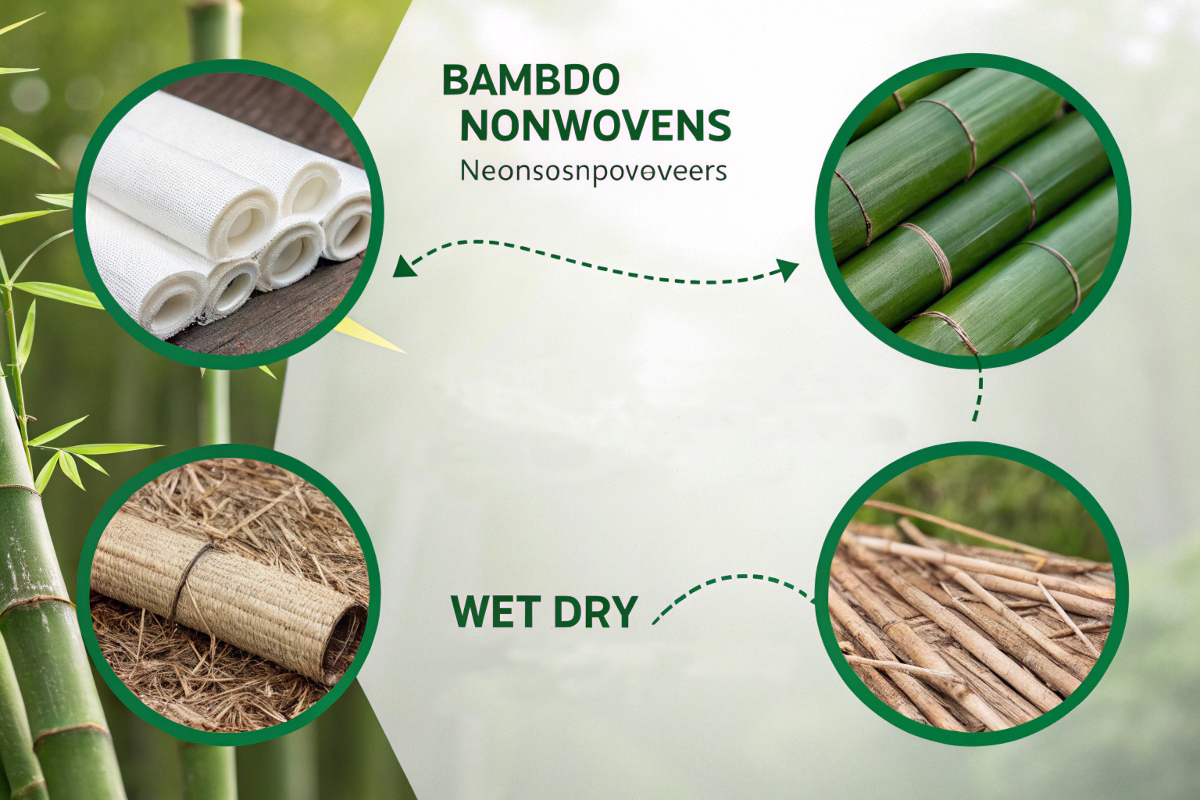
Strength vs. Sustainability
Our wipes can withstand aggressive wiping motions, even when wet. That’s why they work well in flushable formats or as durable multi-use towels.
After use, they break down in less than 6 months under composting conditions. We’ve tested both home and industrial compost setups with consistently strong results.
| Property | Bamboo | Polyester | Viscose |
|---|---|---|---|
| Wet Strength | ✅ High | ✅ High | ⚠ Medium |
| Dry Strength | ✅ High | ✅ High | ✅ High |
| Biodegradability | ✅ Yes | ❌ No | ⚠ Partial |
You don’t need to sacrifice strength for sustainability13.
How Does Bamboo Compare with Other Materials?
Let’s look at how bamboo fabric performs side-by-side with traditional wipe fabrics.
Bamboo fabric ranks higher in softness, biodegradability14, and absorbency15 than polyester and viscose, making it the superior choice in most wipe categories.
Comparative Performance
Here’s a direct comparison based on our lab tests and customer feedback:
| Attribute | Bamboo | Polyester | Viscose |
|---|---|---|---|
| Cost | ⚠ Mid | ✅ Low | ✅ Low |
| Softness | ✅ High | ⚠ Medium | ✅ High |
| Biodegradability | ✅ Yes | ❌ No | ⚠ Partial |
| Tensile Strength | ✅ High | ✅ High | ⚠ Medium |
| Absorbency | ✅ High | ⚠ Medium | ✅ High |
Price-wise, bamboo is slightly higher, but its performance and brand value more than justify the cost. Many buyers now prioritize long-term ROI over upfront savings.
Where Are Bamboo Wipes Already Used?
Applications for bamboo wipes are expanding across sectors—and fast.
Bamboo fabric is now used in baby wipes, facial wipes, industrial cleaning cloths, and even reusable towel rolls.

Use Cases and Market Adoption
We supply OEM and ODM bamboo wipes16 to brands in Europe, North America, and Southeast Asia. Here are popular segments:
- Baby wipes – Hypoallergenic and ultra-soft
- Makeup remover wipes – Breathable and chemical-free
- Disinfecting wipes – Strong for heavy-duty cleaning
- Industrial wipes – Absorbent and durable for oil/grease
- Reusable bamboo towel rolls – Eco-friendly kitchen alternative
Each use case has one thing in common: performance meets sustainability.
Conclusion
Bamboo fabric is leading the future of cleaning wipes with superior eco-friendliness, skin safety, and reliable performance.
Elbert Zhao
Founder, Elbert Wipes Solutions
📧[email protected] | 🌐 www.elbertwipes.com
8 production lines | 22 processing lines | OEKO-TEX certified | Walmart-approved supplier
-
Discover the numerous advantages of bamboo fabric in cleaning wipes, including its eco-friendliness and effectiveness. ↩
-
Learn how natural antibacterial properties enhance cleaning products, making them safer and more effective for your home. ↩
-
Explore the significance of biodegradability in cleaning products and its impact on the environment. ↩
-
Explore the advantages of bamboo fabric, especially its antibacterial properties, which make it ideal for cleaning products. ↩
-
Discover the unique properties of bamboo kun and its role in making bamboo fabric a sustainable choice for hygiene. ↩
-
Learn about the importance of antibacterial resistance in cleaning products and how it can improve hygiene and safety for users. ↩
-
Understanding absorbency can help you choose the best cleaning wipes for your needs, ensuring efficiency and cost-effectiveness. ↩
-
Discover the significance of breathable wipes in maintaining skin health and comfort, especially in personal care products. ↩
-
Understanding moisture regulation can enhance your skincare routine and product choices for better skin health. ↩
-
Learning about controlled forests highlights their role in sustainable sourcing, ensuring ethical practices and environmental protection. ↩
-
Exploring this topic reveals the benefits of bamboo nonwovens, showcasing their strength and eco-friendliness, which is crucial for sustainable living. ↩
-
Understanding these certifications can help buyers make informed choices about sustainable products and their impact on the environment. ↩
-
Explore sustainable practices in manufacturing to make informed choices for a greener future. This link offers essential information. ↩
-
Learn about the significance of biodegradability in fabrics and how it impacts the environment and sustainability. ↩
-
Discover how absorbency plays a crucial role in the effectiveness of cleaning products, enhancing your understanding of material choices. ↩
-
Explore this link to understand the significance of OEM and ODM in the bamboo wipes market and their impact on sustainability. ↩

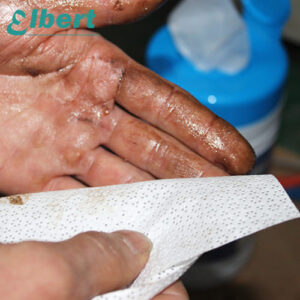
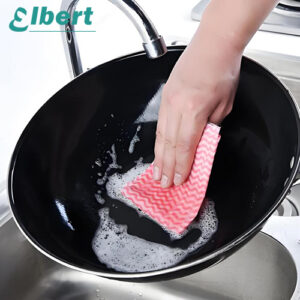
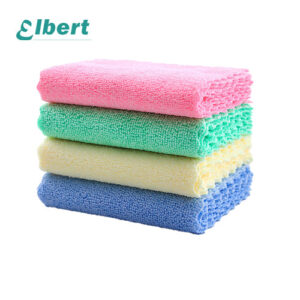
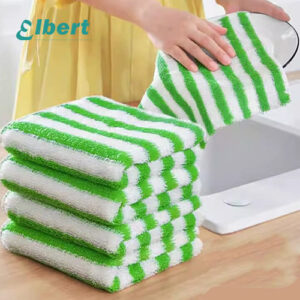

One Response
Je recommande vivement Ernestopro.fr pour tous ceux qui recherchent des solutions de nettoyage écologiques et efficaces. Leurs lingettes en tissu de bambou sont non seulement douces pour la peau, même sensible, mais aussi très absorbantes et durables. Leur engagement envers la durabilité et la qualité en fait une excellente option pour un mode de vie plus respectueux de l’environnement. En utilisant leurs produits, je suis convaincu de contribuer à la protection de notre planète tout en bénéficiant d’une performance optimale. Ernestopro.fr est une référence pour ceux qui veulent allier efficacité et responsabilité écologique dans leur routine de nettoyage.